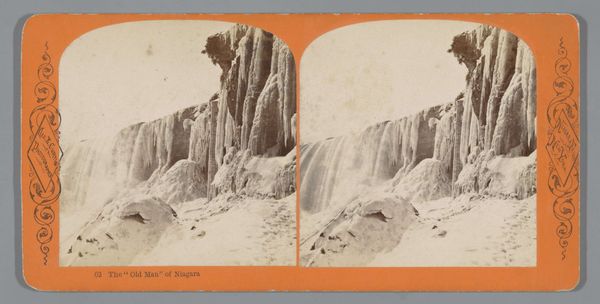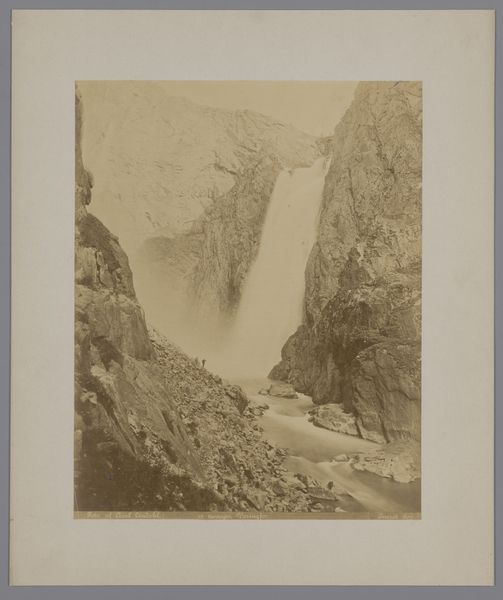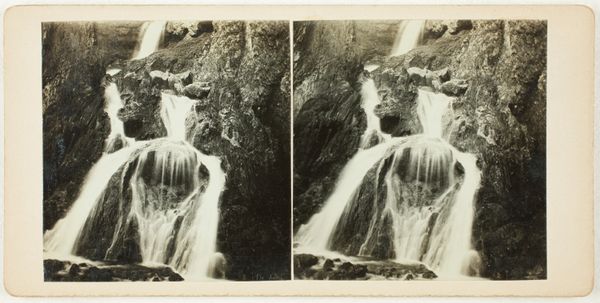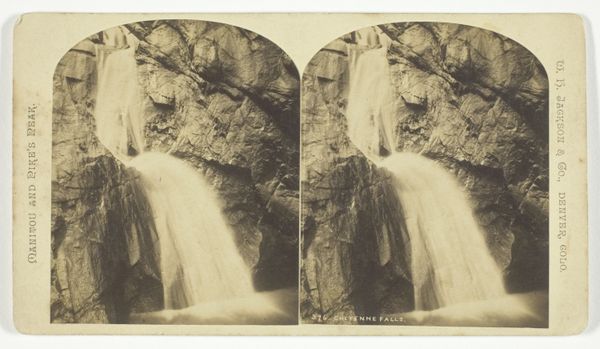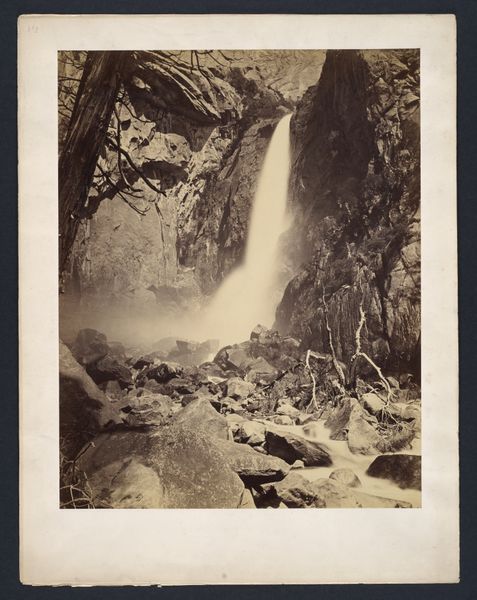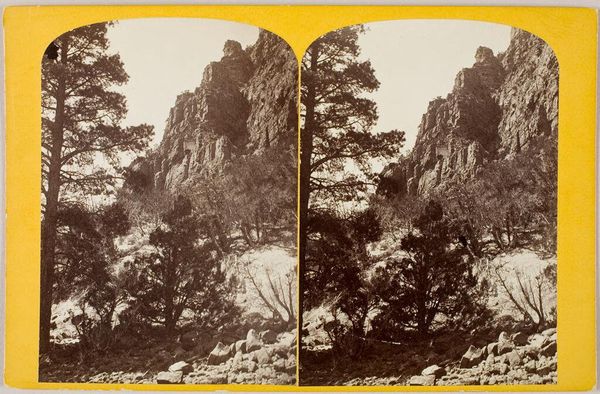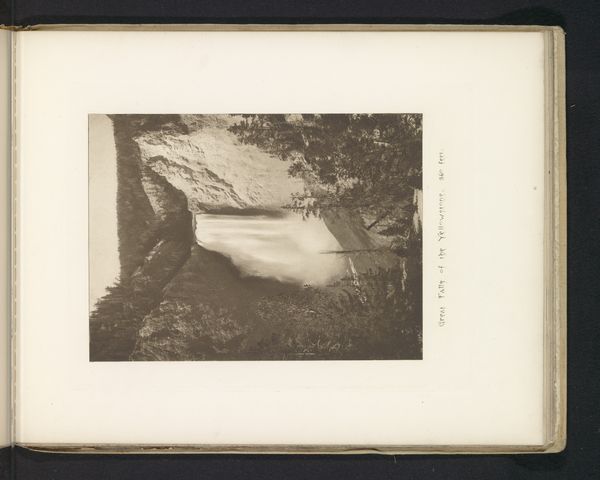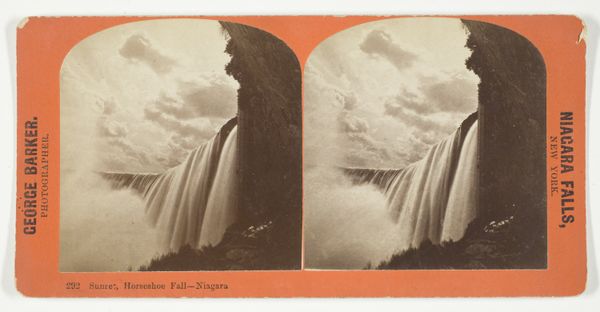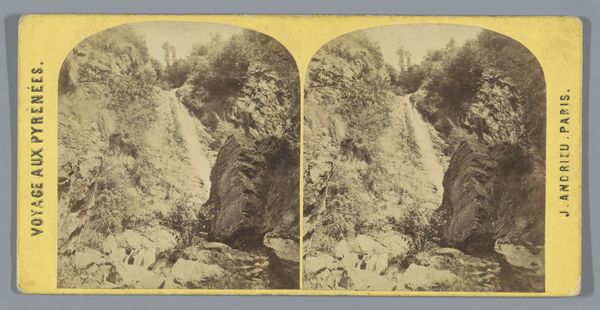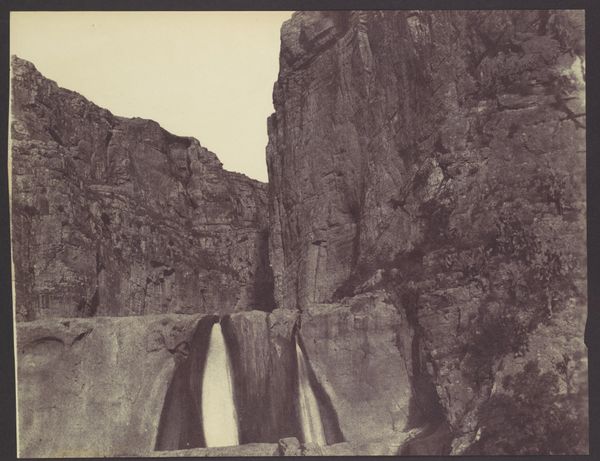
silver, print, photography
#
pencil drawn
#
aged paper
#
toned paper
#
16_19th-century
#
silver
# print
#
pencil sketch
#
possibly oil pastel
#
photography
#
coloured pencil
#
men
#
united-states
#
watercolour bleed
#
watercolour illustration
#
pencil art
#
watercolor
Dimensions: 7.8 × 7.5 cm (each image); 8.9 × 17.8 cm (card)
Copyright: Public Domain
George Barker made this stereoscopic photograph, "Niagara - Frostwork Under Horseshoe Fall," around 1890, using a camera, glass negatives, and photographic printing paper. The image is split into two frames, meant to be viewed together through a stereoscope, creating an illusion of three-dimensionality. This was a very popular mode of photographic display in the late nineteenth century, allowing viewers to be transported to faraway places – in this case, the majestic Niagara Falls. But consider the labor involved. Not only Barker's own work as a photographer, but also the chemical industries that produced his supplies, the paper mills that made the photograph itself possible, and the skilled trades of carpentry and lens-making that were essential to camera production. Each of these operations involved an ecosystem of labor and skill, often overlooked when we consider photography as an art form. Barker's photograph is a testament to the power of collaboration between nature, technology, and human endeavor, challenging our conventional views on art, craft, and industry.
Comments
No comments
Be the first to comment and join the conversation on the ultimate creative platform.
